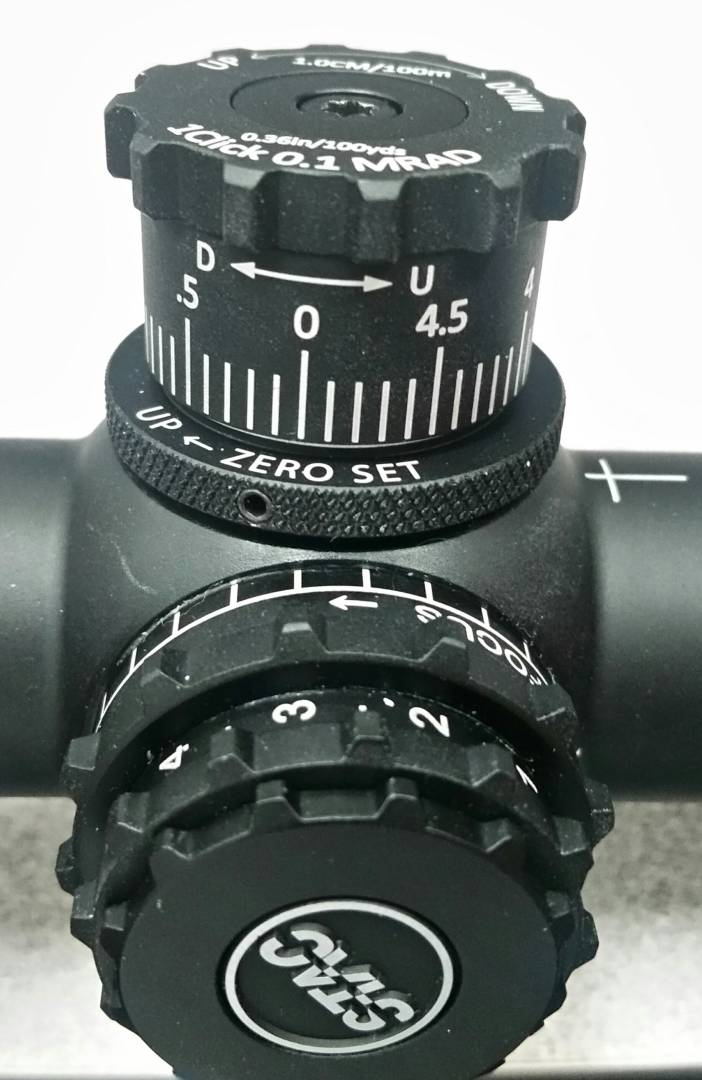
Sightron SIIISS624x50LRFFP/MH on a Mesa Precision arms Crux with Bobro LabX rings
Table of Contents:
– Background
– Unboxing and Physical Description
– Reticle
– Comparative Optical Evaluation
– Mechanical Testing and Turret Discussion:
– Summary and Conclusion
-Upcoming Models and Changes
– Testing Methodology
Background:
Sightron is best known in the target shooting community for producing solid no frills scopes at prices lower than comparable competitors. Sightron has always appeared to be low on advertising expenditures and behind the curve on features, but their quality, price, and customer service has been good.
A few years ago I spent a long time at the Sightron booth talking to one of their reps about the features necessary for precision rifle shooting, price points, where I saw gaps in the market, and why none of their current products did what I wanted them to do. It felt like a productive conversation. I found out some useful information about what they thought it would cost them to do this or that and I hope they found it useful as well. I remember specifically focusing on mid range FFP mil/mil stuff around $1k and low cost 2FP mil/mil stuff. They have since added the mid range FFP mil/mil scope in this review, a higher cost FFP mil/mil ED offering, and will soon be doing some lower cost FFP mil/mil stuff as well. Maybe I even had something to do with this. Either way, they now have some offerings that I find interesting.
Unboxing and Physical Description:
The Sightron SIIISS624x50LRFFP/MH is a little surprising when it comes to the extras in the box. Instead of the near ubiquitous plastic scope caps, it includes a sunshade, scopecote, and lens cloth. It is both different than what I expected and also a bit more. As far as documentation goes, the SIII includes a manual that appears to be generic to all Sightron scopes and an insert specific to this model which has a dimensioned diagram of the reticle and some mil equations. I was able to give myself a nice big pat on the back for thoroughness by finding the mil equations in the insert and one of the tables in the booklet to be in error. I’ll bet it was a fun time in the office when that memo came rolling through. I suspect I was the only party involved who enjoyed himself. A party of one is still a party though, right? In any case, the equation in the insert is fixed now and hopefully the table in the manual is being updated as well.
The scope itself looks and feels very clean. It is a Japanese produced product and has the top shelf fit and finish you generally see in products coming out of Japan. The knobs are just 5 mils per turn instead of the more common 10 mils, but feel very good. They are neither squishy nor those ones that are so stiff its difficult to click just one increment . Similarly, the stiffness on the parallax and fast focus eye piece are also quite pleasing. The styling is sort of hunter with just a slight nod to tactical in the knurled and uncapped adjustments. The optic is relatively long at 14.96″, narrow with a 50mm objective, and light at 23.8 oz. These factors, along with the 4x erector ratio and the simple objective lens group I have observed indicate a pretty conservative optical design. This is not surprising given how economical this optic is relative to others with similar optical and production quality. It should also work out very well when it comes to the optical performance later on in the testing. In keeping with the simple theme, the model is un-illuminated and has no zero stop or lock on the adjustments, though the zero can be reset. The markings on the knobs must have been something of a debate within Sightron because, in addition the included knobs, there are a few you can buy aftermarket with better markings. The included knobs are marked in a not so contrasty gold script every 5 clicks with, unaccountably, the number of clicks rather than any actual angular dimension. You can partially remedy this with a gold sharpie by adding a decimal point to make the clicks mils instead. The properly done what they call “tactical knobs” use a higher visibility white script and are labeled in mils every .5 mils. The elevation on those knobs also has additional lines for other turns and the windage is marked to 2.5 mils R or L. I believe this scope will fit the 74007 knob that has markings up to 15 mils as well as the listed 74006 one which has markings only to 10 mils. With a 20MOA base, this scope may actually have slightly more than 15mil of travel depending on your rifle’s zero. Evidently, the argument about which knobs to include in the box was won by someone who has never shot at distances requiring significant drop compensation – perhaps it was our trigonomically challenged manual writer. Either way, the properly marked knobs are $50 each so… probably sharpie.
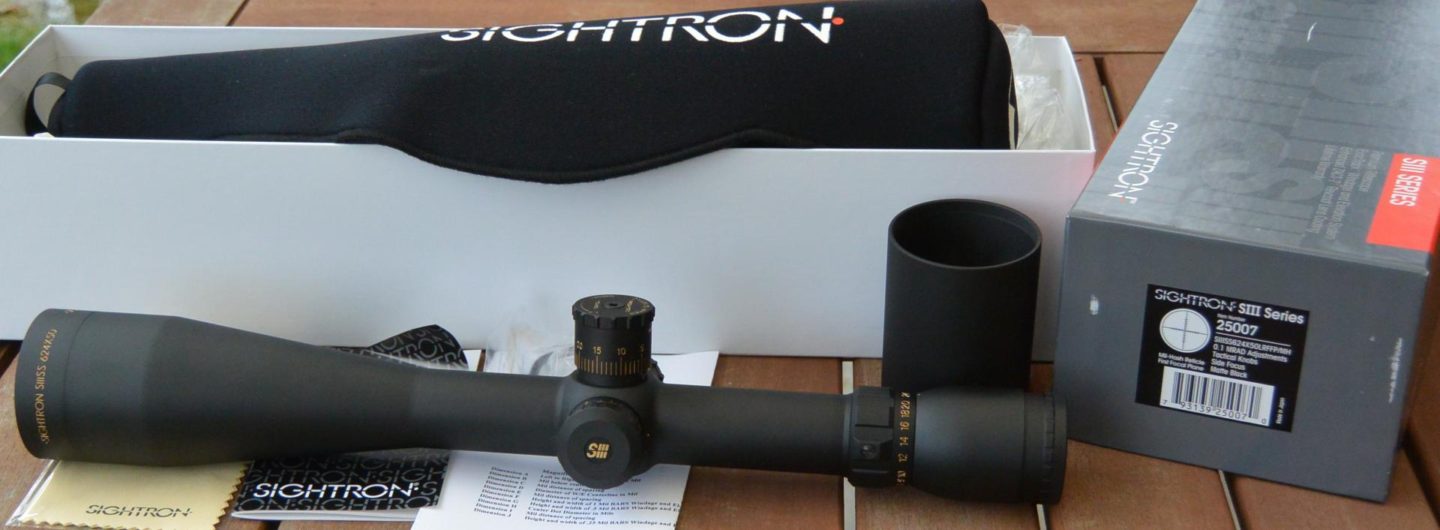
Reticle:
There are not a lot of options in general around Sightron’s SIII front focal plane line. Actually, there are exactly two, mil or MOA. Both the mil and MOA versions have a reticle matched to their adjustments and only that one reticle. In both cases these reticles are quite simple. The mil version has no labels, but features markings at 1 mil and .5 mil increments with .25 mil markings for the first mil and the target dot type floating center that seems to be the current trend for whatever reason. The reticle is itself on the fine side of spectrum in terms line thickness. I am, and have always been, in favor of fine reticles. I have found them to be more precise, a bit faster, and far more comfortable. Thick caterpillar reticles always give me the same feeling as a gnat flying around my head. I just want to swat them out of my view. Overall, there is really nothing special about the SIII’s mil reticle but also nothing particularly problematic. It is really a pretty good design for broad appeal. I don’t think anybody will hate it, but it is also not going to be anybody’s favorite and that is pretty much how I feel about it as well. In testing, the reticle showed no deviation in size from the correct dimensions and also showed no can’t relative to the adjustments. So spot on with that.
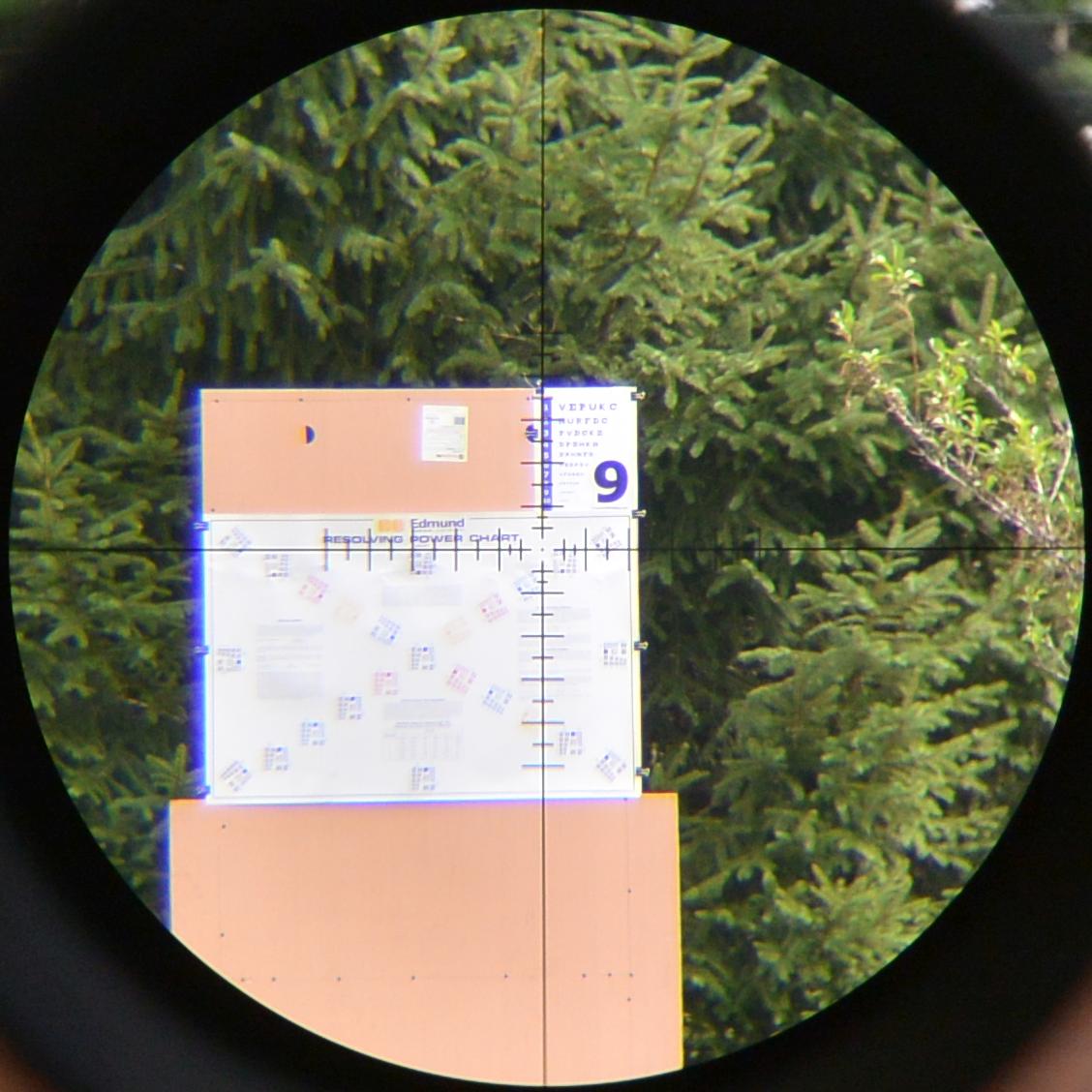
Comparative Optical Evaluation:
The Sightron SIII arrived earlier this year than any of the other test scopes and coincided perfectly with the first of the two review rifles for the year, the Kelbly Atlas Tactical and Mesa Precision Arms Crux. The timing was quite fortuitous as the SIII has a higher magnification than any of my personal scopes and also has a nice fine reticle. These two characteristics are of great importance for accuracy testing rifles. This gave me a great opportunity to have a lot of time behind the optic before any of the systematic optical and mechanical testing. I was quite pleased with the SIII’s performance during this rifle testing. In particular, it struck me as very good optically, resolving impacts with such alacrity that my estimations of group sizes while firing strings proved to be spot on.
For optical comparisons to this Sightron SIII, I had the other scopes in this series of sub $1k FFP mil/mil precision rifle scope review, the Athlon Midas TAC 6-24×50 mm, and Athlon Ares BTR 4.5-27×50 FFP IR Mil, as well as two that have been used as comparisons by me in previous reviews for context, the Leupold Mk 6 3-18×44 and my old (and now discontinued) Zeiss conquest 4.5-14×44. All of these scopes were lined up together on a 5 slot adjustable v-block and evaluated using the procedure outlined in the methodology section at the end of this review. This same methodology is used on all long range scope evaluations and has been for several years now.
I have never before had a set of 5 scopes with such generally close optical performance. Usually, scopes somewhat sort themselves into performance tiers with higher tier scopes being better than lower tier scopes in pretty much all characteristics. That was not even remotely the case with this lineup. No scope was always first or last when evaluating particular performance parameters and the order of the scopes rankings changed with pretty much every particular parameter being evaluated. That being said, the Sightron SIII was, on balance, the best. It particularly excelled when it came to resolution, contrast, stray light handling, low light performance, and, unsurprisingly given its conservative design, depth of field. With regard to the eyebox, it was more middle of the pack, though it did not feel tight, cramped, or finicky, but rather seemed large enough. Similarly, it was close to average in chromatic aberration, though the field all performed well in this regard. The only parameter where the SIII’s performance was sub-average for the group was in field of view. I did not notice any particular favor given to this or that end of the spectrum by the SIII such as is the way some scopes tend to favor greens or reds. Instead, the SIII seemed pretty balanced.
To some extent, I expected the SIII to have the best overall optical performance. It fits with the narrative of few features and high quality that I was expecting by reputation. To me, the SIII is what you get when you set out to see just how low cost you can make something of a high standard and still have what you need to shoot long range. You use a simple optical design and turrets, drop some features like illumination, and streamline the distribution by removing virtually all the options, variations, and most of the marketing budget. What you would expect would be excellent performance for the price and that is what the SIII delivers optically.
Mechanical Testing and Turret Discussion:
As mentioned in the unboxing section, the SIII features simple 5 mil per turn adjustment knobs with no zero stop or turn indicator and a less than ideal marking scheme, but with great feel. The zero setting on these knobs is done with a single torx screw on top. Testing the accuracy of these adjustments was done in accordance with the methodology section detailed at the end of this review. This methodology was followed on all the scopes this year and has been in use for a few years now.
In testing, the adjustments deviated in the following ways and degrees:
Adjusting impact up from optical center, they were accurate to 4.0 mils.
At 5.0 mils on target the adjustments read 4.9 mils.
At 7.0 mils on target the adjustments read 6.8 mils.
At 10.0 mils on target the adjustments read 9.7 mils.
The scope adjusts up to 12.7 mils on the target, at which point the adjustments are at 12.4 mils. There was no continued movement of the adjustments after travel movement of the reticle stopped.
Adjusting down from center the scope was accurate to 2 mils.
At 3 mils on the target the adjustments read 2.9 mils.
At 7.0 mils on target the adjustments read 6.8 mils.
At 10.0 mils on target the adjustments read 9.7 mils.
At 14.0 mils on target the adjustments read 13.6 mils.
The scope adjusts down to 15.0 mils on the target at which point the adjustments are at 14.7 mils. There was no continued movement of the adjustments after travel movement of the reticle stopped.
The windage varied similarly to elevation measuring 4.0 mils on the target at 3.9 mils on the adjustments each way.
This tracking was repeatable and it returned to zero with no problems. Tracking on windage and elevation was properly independent. No zero shift was affected by power change, parallax change, or diopter change. For those wondering, it is not unusual to have more adjustment on one side of optical center than on the other. Though the tube will have the same amount of room on both sides of center, other factors, such as the return spring or turret housing, often limit travel in one or the other direction.
Getting adjustments to exactly match the correct magnitude is one of the most difficult aspects of scope manufacture. As such, most scopes show deviation to some degree measurable with my equipment. The average deviation, based on my past tests, is about 1% at 10 mils. The SIII was a good bit above this, deviating 3% at 10 mils. The effect of this on the shooter is that you need to correct your estimated Ballistic table for it. If you print tables from online calculators, such as I do, you can tailor each entry to reflect the scopes exact deviation at that point. In the case of smartphone type ballistic computing applications, some now include an input to allow for deviations, usually linear, arising from the scope. Most of the time scopes do not deviate entirely linearly, however. Scopes usually deviate by more the further from center the adjustment moves, as is the case with this one. In the end, most app-based ballistic calculators often struggle both with this correction as well as with integrating actual data proven in the field with the calculator’s estimations. At some point I should probably do a whole review set on ballistic calculators, but that is not today’s project.
The takeaway from the mechanical testing is that the SIII tracks cleanly and repeatably, but has a bit more deviation than I would expect. This will mean more correction to ballistic tables than is typical. It should also be mentioned that each SIII example should not be expected to vary by the same amount with regard to the magnitude of the deviation in the adjustments and all scopes are like this. All scopes are typically designed to have no deviation but slight lens positioning differences from piece to piece result in deviation from the design specs.
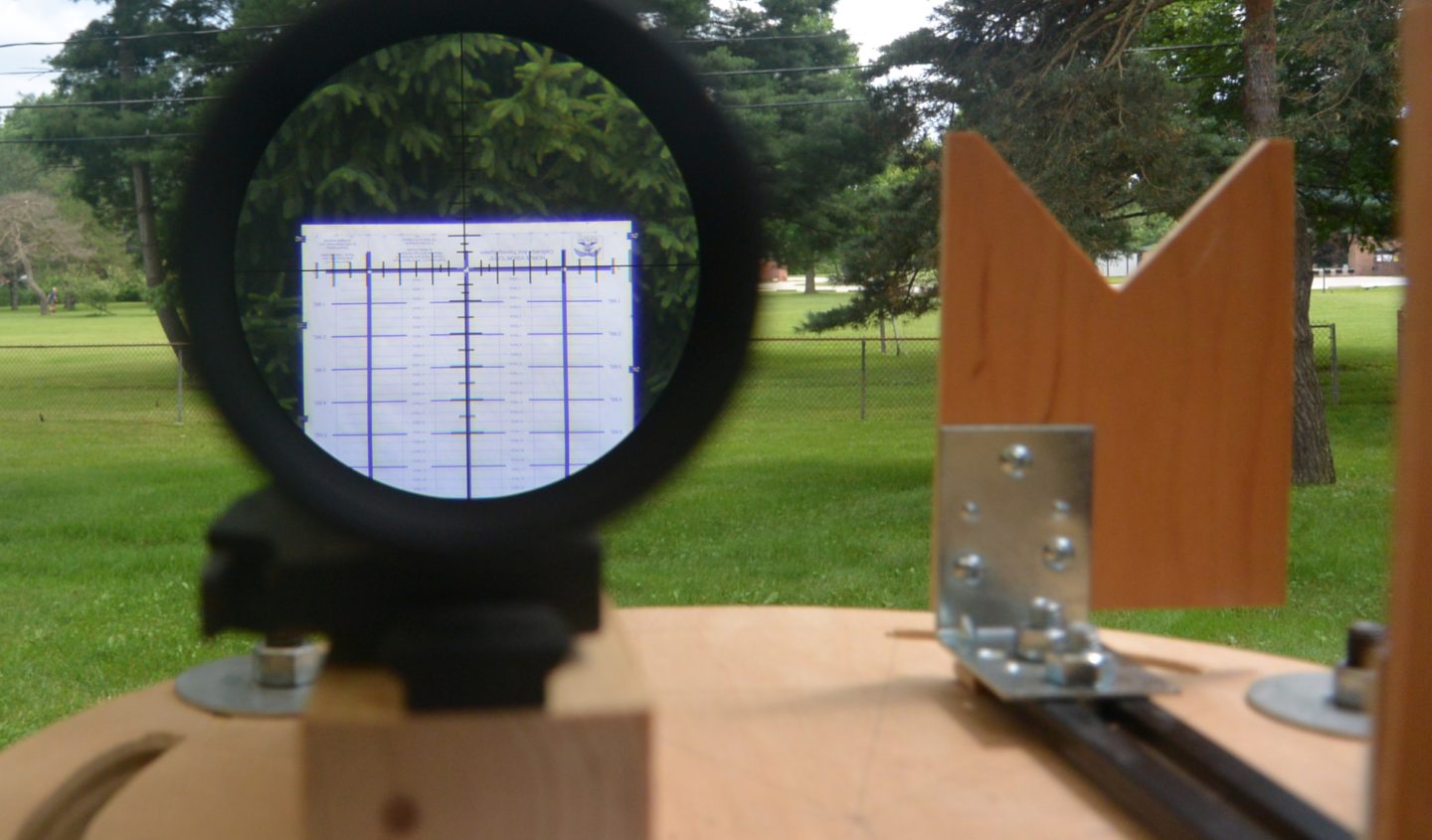
Summary and Conclusion:
Quite frankly, this year’s set of sub $1k ffp mil/mil precision optics has proven much better than I expected. A few years ago you really couldn’t get the features necessary to shoot long range in an optic for under $1.2k and I really didn’t like any of the options until almost $2k. I like this Sightron though and I like some of the other sub $1k options as well. Shooters now have some real viable and meaningful choices in long range precision optics for a budget. As for that budget, the street price on this Sightron varies significantly from outlet to outlet, but the shooter should find it for well below $1k.
I think the SIIISS624x50LRFFP/MH represents a low featured but well manufactured precision rifle scope. It is the best optically that I have tested and is significantly better than I would expect from a scope at that price. Similarly, I expect it too be pretty durable as the production line it comes from has a long history of durability and longevity. Sightron also has a good reputation for backing their products should anything go amiss. The SIII’s features are limited, though, and the adjustments are neither 10 mils per turn nor very well marked unless you spend the $50 for the aftermarket turrets. It is also not illuminated. Lastly, the 3% deviation in adjustments at 10 mils from the example I have would suggest that one element of keeping costs low is the allowance of wider tolerances in manufacture than average, specifically in the manual labor of lens positioning that accounts for a large amount of manufacturing cost. This does mean more correction of data by the end user.
All told, I am certain that the package Sightron has put together here will be found compelling by many and develop a significant following. I know I am quite taken with it.
Here is Your Pro and Con Breakdown:
Pros:
– Exceptional optics for the cost in almost every aspect
– Lightweight
– Nice extras with sunshade and scopecote
– Good adjustment range
– All the knobs feel good (sorry, pun not avoided)
– Reticle is acceptable and sized properly
– Tracks repeatably with no zero shifts
– Good warranty and reputation
Cons:
– Stripped features, 5mil/turn, no illumination, no turn indicator, low erector ratio
– Poorly labeled adjustments unless you buy aftermarket
– The tested example had more deviation than average on adjustments
– Manual is lacking and contains basic errors
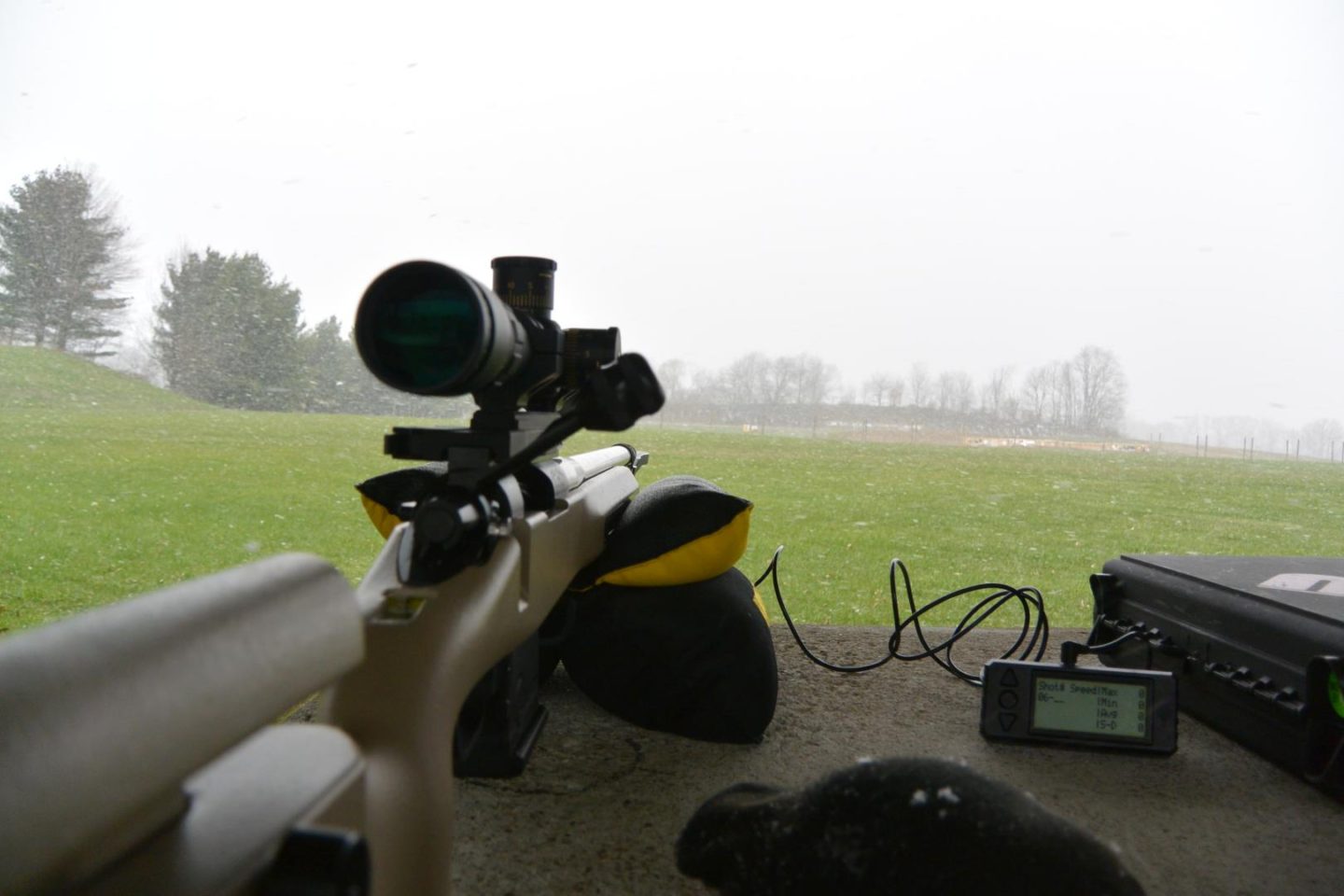
Upcoming Models and Changes:
In the process of doing this review and communicating back and forth with Sightron, I learned of some upcoming features and models that I think will be of interest to readers of this review. As I mentioned before, not long ago Sightron didn’t make anything that was featured properly for long range shooting and this model represented something of a first step into that feature set. Evidently, it went well as Sightron is coming up with some more offerings in that direction as well as improving this and other existing models.
Specifically, Sightron is giving the SIII and SV zero stops and coming out with an even lower cost ($699 mspr) FFP mil/mil offering in the S-Tac line which will be a first in that price range to offer a zero stop. The zero stop on the SIII and S-Tac is of an entirely new design that is remarkably simple, inexpensive to manufacture, and also very flexible and easy to use. Simply put, it is a threaded collar that you just snug up under the elevation knob at the zero point preventing it from going lower in the way that cumbersome shim systems worked but without the cumbersome mess. Unlike pin type systems, this can also be set a couple tenths below zero if you want a little wiggle room. In that way, it is better than many more complex zero stop systems on scopes costing many thousands of dollars. It is also very easy to understand, so I don’t think anybody will get confused setting it as often has happened on other systems. In addition to the zero stops, Sightron will be adding more, and more refined, reticle choices to some of its models.
